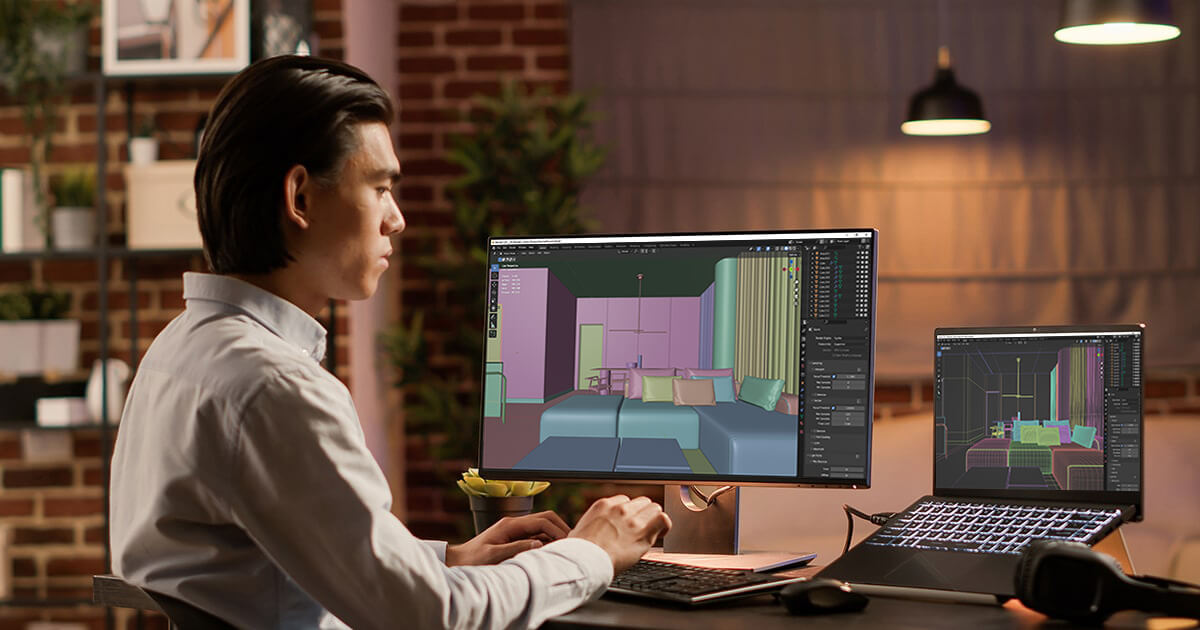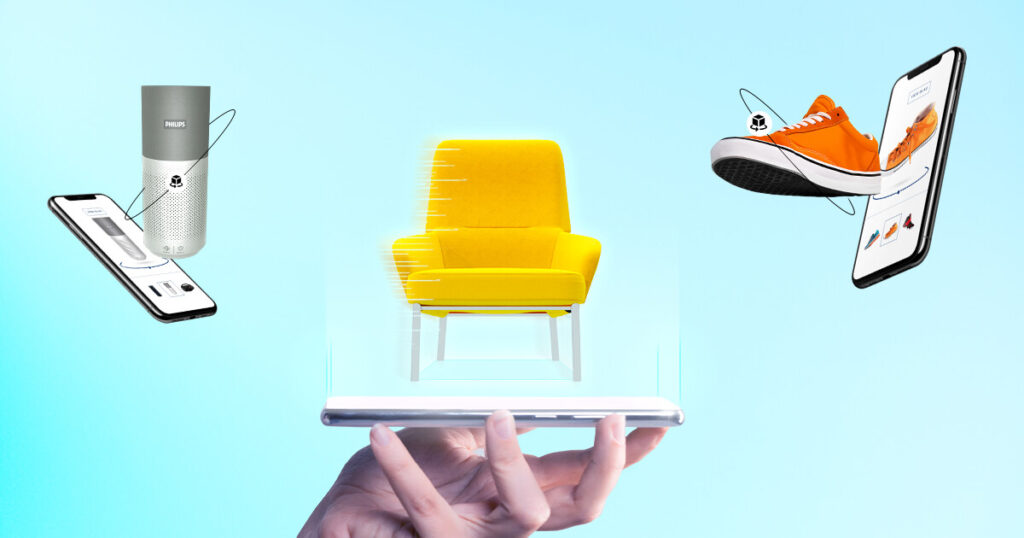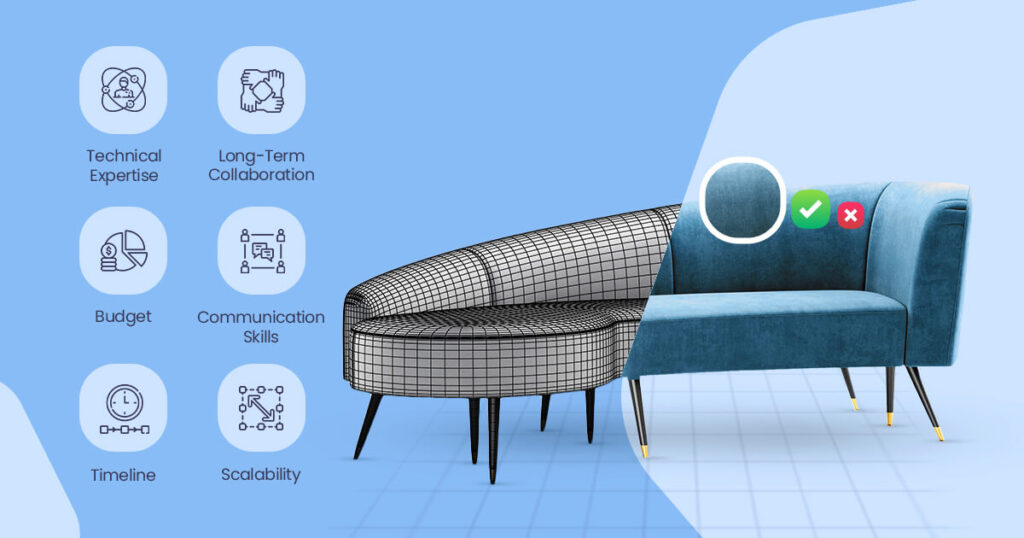The photorealistic 3D rendering highlights things super real like it’s right in front of me. It is a magic of technology that turns computer pictures into lifelike wonders.
So, this technology is a special choice in different fields, either marketing and film production or architecture and gaming. Architects use it to preview buildings before construction. Game designers use it to create a lifelike game world. Further, It captures customer attention, presenting the appealing look of products.
Yet, it pays attention to each tiny thing. For example, it waits for the perfect moment when light can make the thing glossy. It creates shadows that are moments to give things a similar look in real life. Today, I’ll share a complete guide to it.
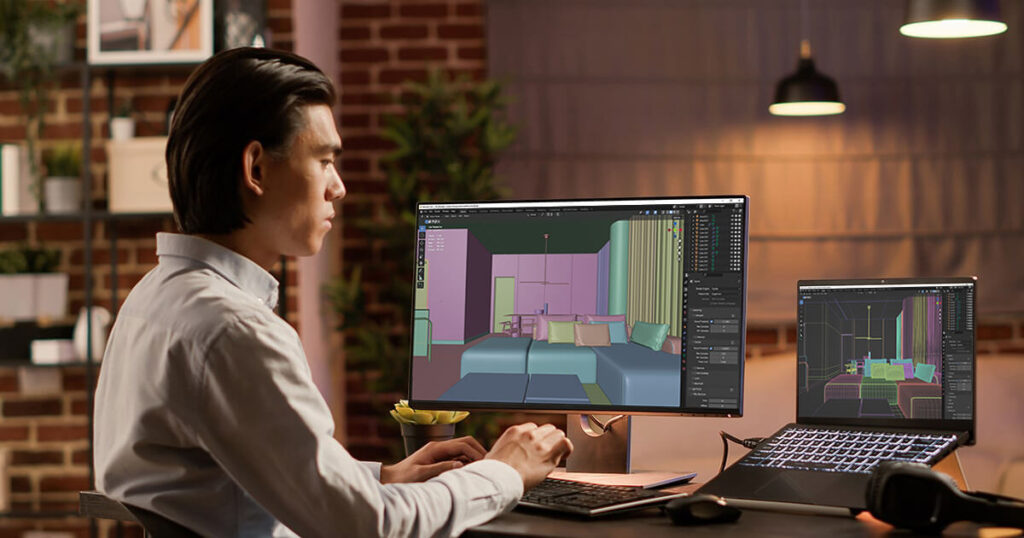
In-Depth Manual to Understand Photorealistic 3D Rendering
3D rendering can open up a world of possibilities, whether I’m an artist, a business owner or someone interested in technology. It’s an adventure experience where I can learn to create amazing digital art. Let’s learn the type of 3D photography:
-
Realistic Interior Design Rendering
It is a powerful option when I need to sell homes or properties. This can make a big difference in real estate sales.
It’s like rearranging furniture without lifting anything. This makes it perfect for showing different design options to potential buyers.
First, they make a digital room model, including floors, walls and furniture. Then, they pick colors and materials to make things look like wood or fabric. Adding lights shows how the room is like real lights. Shadows make paintings and curtains look 3D.
-
Virtual Home Tours
These are like taking a trip to a property without leaving the chair. They use 3D rendering to create a realistic experience. It’s almost like walking through a real house. It’s great for showing off properties online.
Before a new house or building is even built, virtual tours help people see what it will look like. This is super useful for planning and making decisions.
-
Realistic Exterior Home Rendering
It’s the best for visualizing large projects like housing developments or commercial buildings. For example, architects and builders use it to show clients how a building will look when finished.
It helps people understand what the finished project will look like. It creates a unique house design with a roof, walls and windows before it’s built. Then, add colors and textures like bricks or paint to exhibit as genuine. Also, it puts in the sun and shadows to show how the light hits the house.
-
3D Animation
3D animation is like bringing a property to a vivid look. Marketing and advertising companies are the big users of it. The videos look like a mini-movie showing off a property’s cool features.
This type of rendering can zoom in on special features of a property, like a stunning view or a beautiful kitchen. It’s like using a magnifying glass to show what’s most impressive.
-
CG Panoramas
It creates a full view of a property. I can look in all directions like turning my head. It’s a very immersive way to explore a space.
It’s like a new fashion trend, but for showcasing properties. People love looking around a place from their computer or phone.
Here are ways to make computer pictures look like virtual photos. Of course, different fields use different ways.
- Ray tracing makes things look real on the computer by following how light bounces around.
- Path tracing is like ray tracing. But it follows light bouncing many times for even more realistic pictures.
- Radiosity makes soft, realistic lighting in rooms and buildings.
- Photon mapping shows pretty light patterns when light reflects or bends.
- MLT is a special way to make pictures that look very real.
- Bidirectional path tracing makes pictures look super real inside and outside.
- Real-time rendering quickly makes realistic images great for video games.
- Physically based rendering (PBR) uses science for real-looking materials and picture lighting.
- Volumetric rendering makes clouds, smoke and liquids look like they do.
- Subsurface Scattering (SSS) helps computer pictures make skin and other soft things look real.
However, photorealistic 3D rendering comes in different types, each with its unique uses. They help in real estate, property planning, marketing, and even virtually exploring spaces.
Ultimate Resource for Learning Photorealistic 3D Rendering
It is like turning the imagination into reality on a computer screen. I can create realistic photos and animations with passion, patience, and limitless practice. Let’s learn a comprehensive guide on photorealistic 3D rendering:
3D Model Creation
3D rendering starts with creating a digital 3D model of a character or object. This model consists of a few materials and applications. Let’s know about this:
-
Recommended Software
I’ll need special computer programs for making 3D models. Choose the digital sculpting tools. The most popular ones to consider are 3ds Max, blender or Maya.
-
High-Poly Asset Creation
While building the 3D model, it’s best to make it detailed. This means using many tiny pieces to make it look more like a real object.
-
3D Lighting Techniques
Just like in real life, lighting is super important. It changes how things look. In photorealistic rendering, it’s like setting up the lights in a photo studio. The right lighting can make the 3D scene look real.
I need to select the accurate place to put the virtual lights. Think about sunlight, lamps, or any other light sources. Adjust their brightness and direction to create shadows and highlights. This activity makes the 3D scene look natural.
-
Materials and Textures
Materials are like the skin of a 3D object while textures are like patterns. So, getting accurate materials and textures is necessary.
-
Virtual Camera Setup
I need a virtual camera to take pictures of the 3D scene. I can control its settings like focus and angle, to get the perfect shot.
-
Post-production
Even after rendering, there’s more work to do. Post-processing involves editing the image to make it look even better. I need to adjust colors, add effects and fix small mistakes.
-
Practice and Patience
Creating photorealistic 3D renders takes practice. Don’t get discouraged if the first attempts aren’t perfect. Keep learning, experimenting and improving.
-
Visitors Feedback
Even after the computer creates the image, there’s still work to do. I might need to adjust based on your people’s feedback or observations. It’s like touching up a photograph to make it look its best.
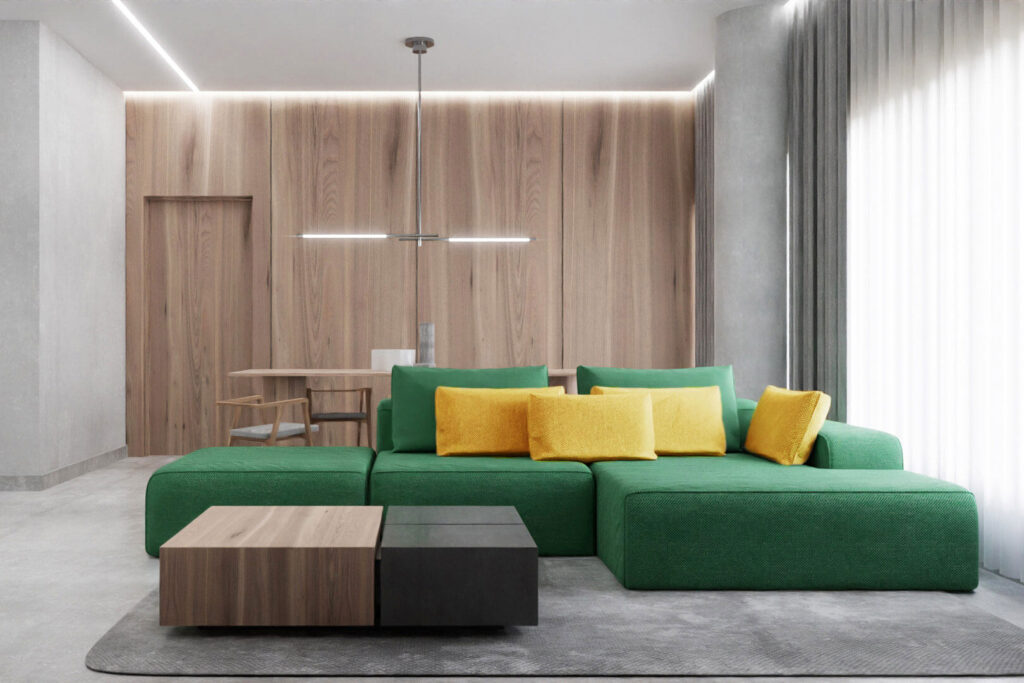
Cost of 3D Rendering
It depends on various factors, including the project’s complexity, level of detail, artist’s experience and timeline. To know exactly how much my 3D rendering will cost, I usually need to get a personalized quote from a 3D rendering service.
However, it’s like asking for a price estimate based on my specific project. They will consider the details, complexity and requirements for a more precise cost. Here I have added an approximate cost sheet:
Project Length |
Approximate Cost |
| Small Project (e.g., a single room) | $200 to $2000 |
| Medium Project (e.g., larger space or product) | $2000 to $10000 |
| Large Project (e.g., buildings or cityscapes) | $10000 to $100000+ |
Remember that these are rough cost ranges and can vary depending on various factors, including project specifications, 3D artist experience, and turnaround time.
What Factors Affects 3D Render Delivery Time?
The time it takes to deliver a 3D render depends on how complicated the project is. Smaller projects are quicker, while larger and more complex ones can take much time to create and make look perfect. Let’s discuss:
-
Small Room Render
It might not take too long if you’re rendering a simple, small room. Think of it like taking a quick picture. One can complete it in a few hours or a day.
-
Big Living Room Render
It takes longer when the larger space is more detailed like a big living room. It’s like taking a panoramic photo with lots of details. One needs a few days or a week to do it.
-
Commercial Projects
For bigger projects, like rendering a whole office building or shopping center, it’s like making a big movie. Completing it accurately requires a few weeks or months because there’s much to create and perfect.
-
City Renders
Rendering an entire city with many buildings and details is like creating an epic movie. This huge task can take several months to complete, sometimes even longer.
Major Users of Photorealistic 3D Rendering
It helps professionals and businesses communicate ideas, make accurate decisions and create visually compelling content in different sectors. Here are some major areas where it spreads success:
-
Product Design
Manufacturers and designers use it to showcase products. Customers can examine their preferred products from their home. They get an obvious idea about the products before buying.
-
Architecture and Real Estate
Architects and real estate developers use it to visualize buildings and interiors before construction begins. It helps clients see how a project will look in the real world.
-
Interior Design
Interior designers use it to plan and present interior spaces with realistic lighting, textures, and furniture arrangements.
-
Gaming
The video game industry relies on this to create stunning in-game graphics, making virtual worlds and characters look realistic.
-
Film and Animation
In the movie and animation industry, it’s suitable to create special effects, CGI characters and breathtaking scenes that would be impossible or expensive to film in real life.
-
Advertising
Advertisers use this to make products look more attractive in commercials and advertisements.
-
Automotive
Car manufacturers use it to design and market vehicles. It provides lively images and animations of cars in various settings.
-
Medical Visualization
It helps doctors and researchers visualize complex anatomical structures and medical procedures in healthcare.
-
Aerospace
The aerospace industry uses it to simulate and test aircraft designs. Engineers can analyze performance and aesthetics.
-
Virtual Reality (VR) and Augmented Reality (AR)
VR and AR applications use it to immerse users in realistic virtual environments or overlay digital information in the real world.
-
Heritage Preservation
Cultural institutions use this to preserve historical sites evergreen digitally. Virtual images provide interactive experiences for visitors.
So, 3D rendering works as versatile in various areas. It’s the astounding blessing of technology for showing ideas and designs to the world.
Conclusion
Thus, the techniques make imagining and understanding how things will look easier before the experts build or decorate. It is a great choice for marketing. It builds a strong product brand. The model shows the products with a natural look and enhances the business profits. So, learning the accurate guide to photorealistic 3D rendering is urgent to keep patching with advanced technology.
FAQ
What is the most important component of 3D rendering?
GPU. The GPU performs lots of hard math and picture work to make 3D images look real.
What is the best size for a 3D rendering?
It varies on the purpose. The size may vary from 1920×1080 pixels to 3840×2160 pixels or even higher.
